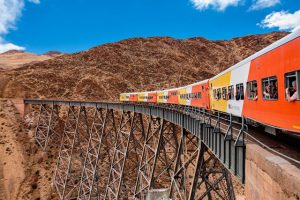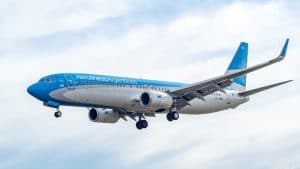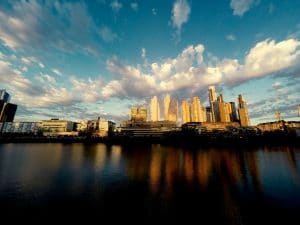What to see in Buenos Aires
If you are a fan of walking through green spaces and parks, we recommend you take a walk in Palermo, a beautiful area in the north of the city. Here you will find not only open spaces for walking, but also a large lake where you can rent rowboats and a huge flower garden that you can enter freely. .
Another great place to walk and experience Argentine street life is Puerto Madero , the tourist port of the city of Buenos Aires.
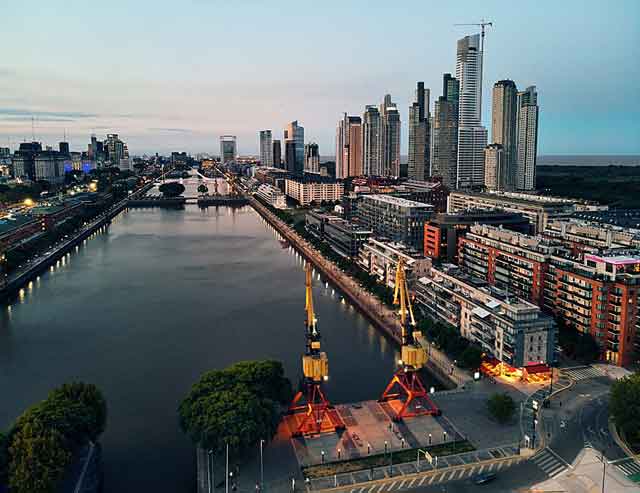
La Boca is famous for Tango and Tango dancers can often be seen practicing in the streets. If you want to take a photo with a tango dancer, you can pay a small amount. As well as tango, La Boca is famous for its football, and you can take a tour of the Bombonera Stadium where the buildings are painted in bright colours.
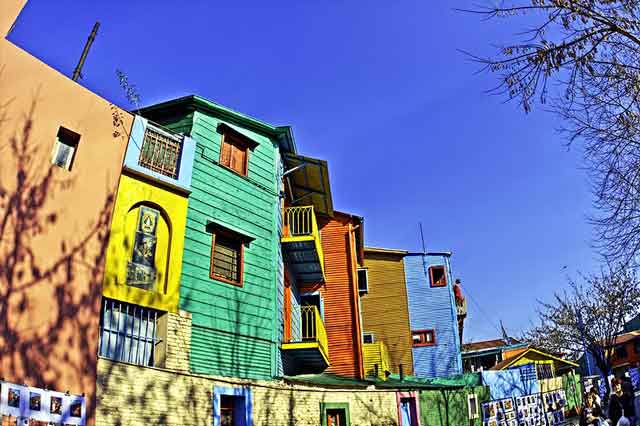
The prices of almost everything in La Boca tend to be 2 or 3 times higher than in the rest of the city. It is very touristy as it is a nice place with some authentic Argentine views. La Boca is probably best enjoyed during the day when the streets are crowded and there are other tourists around, it is generally advised to avoid it at night.
The Recoleta Cemetery: This is where all the wealthy families of Buenos Aires have their final resting places. You were able to visit the tomb of Eva Perón, the daughter of an aristocrat and beloved First Lady who, despite having the most visited tomb in the cemetery, is considered by many to be too close to the town for her eternal burial in Recoleta, the most expensive and aristocratic from Buenos Aires.
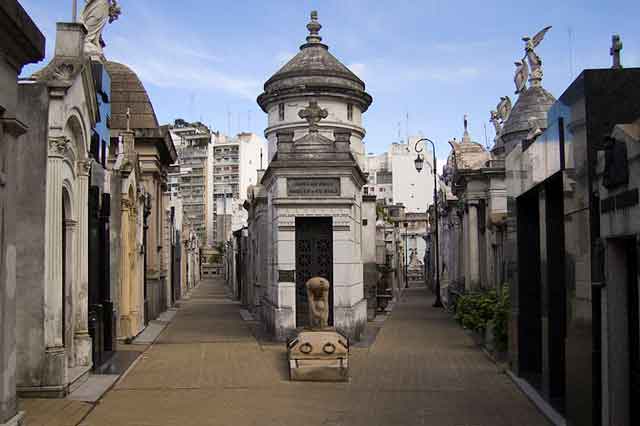
The Palermo Viejo neighborhood: This is a trendy neighborhood with charming cobblestone streets, bookstores, bars, and boutiques; definitely the best tourist area in Buenos Aires in my opinion. Palermo station, on line D, is the closest metro stop.
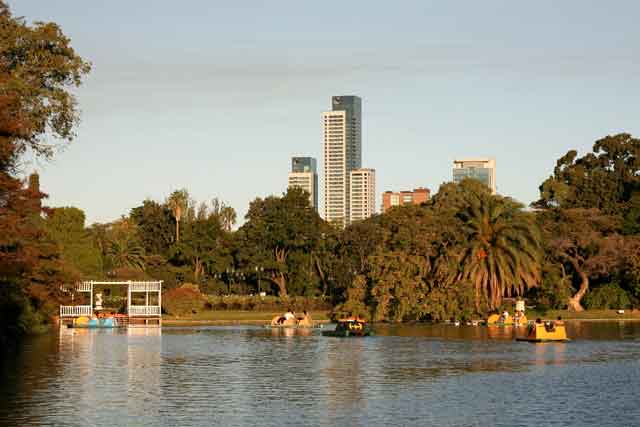
San Telmo: Very popular on Sundays, when tourists and locals gather to attend the weekly fair and flea market. On Sunday nights, there is a tango show in the charming Plaza de San Telmo.
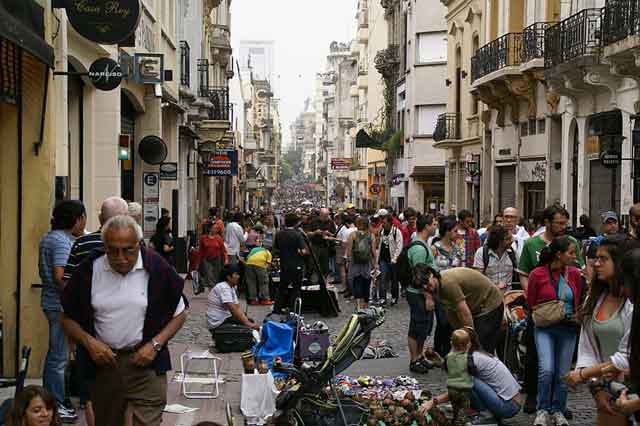
Neighborhoods of Buenos Aires
The City of Buenos Aires is the capital of Argentina and has 48 districts called barrios , which can be broadly grouped into the following areas:
North District, Palermo and Recoleta
Palermo is a fashionable suburb of Buenos Aires with tree-lined streets and intersections filled with restaurants, bars, and boutiques. La Recoleta is considered one of the finest and most expensive areas of the city. It has many French-style buildings, large green spaces, and first-class restaurants. The famous Recoleta Cemetery is worth a visit on your trip to Buenos Aires.
Downtown: Retiro, San Nicolás, Puerto Madero, San Telmo, Monserrat and Constitución
In the City Center of Buenos Aires are many of the main tourist attractions, such as the Florida pedestrian street, the Casa Rosada, the world famous Teatro Colón and the renovated part of Puerto Madero among many others.
The South of Buenos Aires: Barracas and La Boca
La Boca is considered the most colorful neighborhood in Buenos Aires with a very outgoing personality. Tourism prefers this picturesque district for its rich history and its vibrant colors: greens, yellows, reds and purples highlight the urban landscape.
In addition, it is the headquarters of La Bombonera, the soccer stadium of Boca Juniors. Barracas is famous for its Pasaje Lanín – a street, where all the houses are decorated with colorful mosaic tiles.
Brief history of Buenos Aires
The official name is Autonomous City of Buenos Aires, also called Federal Capital. It is one of the largest cities in Latin America, and probably the one with the most cultural offer, and it is also the starting point (HUB) to travel to the rest of the country.
The inhabitants of Buenos Aires are called porteños, which means “people of the port”, since Buenos Aires was founded as a port city to defend itself against pirates and other enemies.
The city is geographically contained within the province of Buenos Aires but is politically autonomous.
About three million people live in the City of Buenos Aires (the Federal Capital of Argentina with 202 km2). The city is divided into 48 districts or neighborhoods. Along with its metropolitan area called Greater Buenos Aires, it is among the 30 most populous urban conurbations in the world with more than 15 million people. Most of Argentina’s economic activity is concentrated in this single city and its surroundings.
Buenos Aires always receives tourists from all over the world and offers a wide range of cultural events, nightlife, restaurants and bars, for which good service can be expected.
12 places to visit in Buenos Aires
- Plaza Francia: Plaza Intendente Alvear, erroneously but commonly known as “Plaza Francia”, is a traditional square in the Recoleta neighborhood in the city of Buenos Aires in Argentina.
- Museum of Fine Arts: The National Museum of Fine Arts (MNBA) is an Argentine art museum based in the City of Buenos Aires. This museum has the largest heritage in the country and is one of the largest in Latin America.
- Plaza de Mayo: It is located in downtown Buenos Aires. In its surroundings there are several of the main monuments and points of interest: the historic Cabildo, the Casa Rosada, the Metropolitan Cathedral, among others.
- Florida Street: Florida Street is a pedestrian street in the City of Buenos Aires that begins at Avenida Rivadavia and ends at Plaza General San Martín. It is recognized as the most important commercial street in Argentina.
- Fundación Proa: It is a non-profit institution dedicated to the promotion of artists and the organization of contemporary cultural events. Different exhibitions of plastic artists are carried out.
- Tigre: We can enjoy a good number of museums, the port, the fruit market, as well as the Parque de la Costa, an amusement park on the Tigre and Lujan rivers, and the Tigre Trillenium Casino.
- Flea Market: It has been operating since 1986 in a large shed where all kinds of curiosities can be found and where antique furniture, works of art and objects from all periods and styles stand out.
- Abasto Buenos Aires: The mall has more than 250 commercial brands, a food court, movie theaters, an amusement park, and an interactive and educational museum for the little ones.
- Plaza Serrano: It is an area awash with designer boutiques. On weekends, in the square we will find a fair where we can find products made by artisans from Buenos Aires.
- San Telmo: San Telmo is one of the oldest neighborhoods in the City, where we can visit many old churches, museums, and antique shops. It is characterized by its colonial mansions and its old streets.
- Recoleta Cemetery: The Recoleta Cemetery is a famous cemetery located in the neighborhood of the same name. The gardens surrounding the cemetery are a popular recreation area.
- Malba Museum: It is a private non-profit institution that preserves and exhibits a heritage of approximately 400 works by the main modern and contemporary artists of the region.
Football matches in Buenos Aires
Argentina has a renowned soccer reputation and soccer is the most popular sport throughout the country, including of course Buenos Aires.
The capital is home to two of the most appreciated soccer teams in the world, Boca Juniors (which resides in Boca) and River Plate (Núñez). A match between these two legendary teams is called a “Superclásico”. This is by far the hottest match in the city and one of the most intense rivalries in the world, with violent clashes between fans, sometimes even leading to deaths, being frequent. It is often necessary to buy tickets well in advance.
Argentine fans are known for their passion and the songs (which are practically love songs) that they sing for their teams. Even if you are not a big football fan, going to a match is definitely worth it, just to enjoy the atmosphere and watch the fans singing and cheering.
The most advisable thing is to buy the tickets including the transfers to the field in a tourist company.
I do not recommend that you go alone on your own.
Tango in Buenos Aires
A trip to Buenos Aires is not complete without some kind of experience with Tango, the national dance of Argentina. A good place to go to see some authentic tango is Confitería Ideal Suipacha 384 (just off Corrientes, near Calle Florida). However, tango is not best experienced in La Boca but in the Milongas. A milonga is a place where tango is danced by locals and tourists.
Milongas take place during the day or late at night. The “Milongas Matinée” usually start in the early afternoon and last until 8:00 p.m.-10:00 p.m. They are popular with tourists who may find it difficult to stay until 05:00 every night. Inside a milonga, you will find many locals who will be more than willing to show you how to dance. The nightly milongas start around 11:00 p.m., but don’t get crowded until around 1:30 a.m. They can continue until 05:00 or 06:00. Some Milongas to take into account are: Salón Canning, El Beso and Porteño y Bailarín.
There are many milongas that take place in different parts of the city every day. There is a free distribution guide called TangoMap Guide that contains all the information of the milongas day by day, including hours and location.



